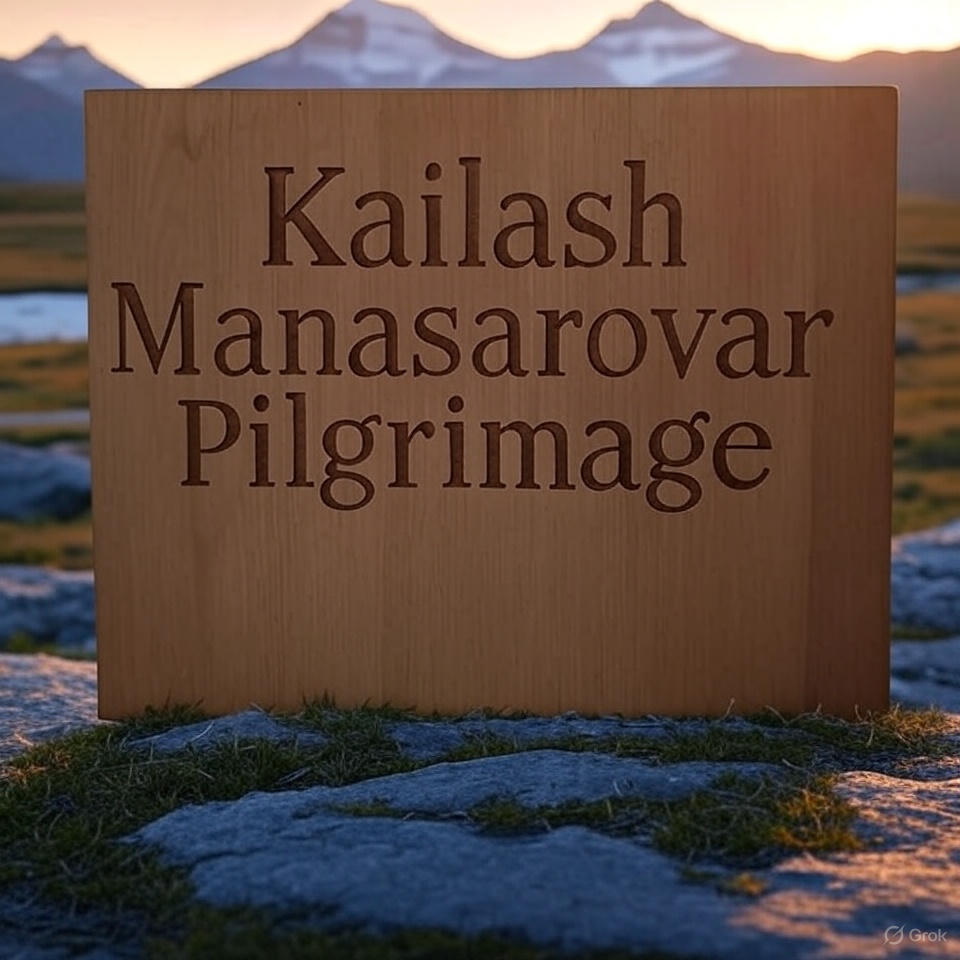Dolma La Pass is home to the highest point of the Kailash Manasarovar yatra. For the dream of doing the parikrama (circumambulation) of Mount Kailash, crossing Dolma La is the ultimate trial of faith and endurance.
Where Is Dolma La Pass?
Dolma La Pass also known as Drolma La is at an altitude of approximately 5,630 meters (18,471 feet) above sea level. It is on the sacred kora (parikrama) route of Mount Kailash.
The pass is the second day’s destination in the three-day Kailash Manasarovar Yatra which starts at Darchen and goes via Dirapuk Monastery, Dolma La, and Zuthulpuk Monastery.
This high pass which runs through the mountains between two sides of Mount Kailash. It is what they call the highest trekking pass in the world and the most difficult section of the journey which includes steep grades, rough terrain, thin oxygen and variable weather.
Why Is Dolma La Spiritually Important?
Dolma La is more than a mountain pass it is a sacred entry way. In Tibetan Buddhism the Goddess Dolma (Tara) is said to dwell here.
She is the goddess of compassion, and it is thought that she intercedes on behalf of all souls which pass through this point.
In Hindu belief crossing this pass is to go through the cycle of life death and rebirth. Many at the top of the pass leave behind personal items as a symbol of letting go of past sins, pain, or burdens.
Before reaching Dolma La you come upon a holy site which is Shiva Tsal. At that site pilgrims symbolically die by leaving behind their clothes, hair, or a small token. Then they go on to Dolma La which is symbolic of spiritual rebirth.
At the head you will see colored prayer flags which dance in the cool wind and a small shrine which has images of Tara.
This is a setting of quiet, of prayer, and of great reflection. For many standing at Dolma La is the most emotional and spiritual moment of the entire yatra.
The Trek to Dolma La: Which to expect
From early in the morning, we leave Dirapuk on the trek to Dolma La. The journey is difficult and steep, also at times through snow which even in summer comes.
The path is filled with loose rocks, slippery ice, which at high altitude also has strong wind. At that altitude every movement is hard. Many reports of breathlessness, headaches, and exhaustion.
It generally takes 4 to 6 hours to get to the top which may vary depending on pace and weather. After passing Dolma La the descent to Zuthulpuk is also tough but very pretty with views of Gauri Kund which is a sacred lake associated with Goddess Parvati.
This part of the trail is a test of your physical strength but also your patience, humility and faith.
Those which have the pleasure of crossing Dolma La report back that it is a life changing experience which in turn makes you feel small before the power of nature and divinity.
Tips for Crossing Dolma La Safely
- Acclimatize Properly: At lower altitudes stay for a while which will help your body to adjust to the thin air.
- Start Early: At high elevations weather changes rapidly. It is best to start the trek at 4-5 AM.
- Pack Wisely: Pack warm clothes, gloves, energy bars, and plenty of water. At the top the weather may be very cold and windy.
- Go Slow and Steady: Go slow. Take your time and break when you need to catch your breath.
- Stay Positive: Many people scale Dolma La out of willpower alone. Attitude is everything.
Final Thoughts
Dolma La Pass is more than a physical landmark it is the spiritual core of the Kailash Mansarovar Yatra. There we see faith, pain, surrender and rebirth play out in the space of a day.
Pilgrims which have the fortune to cross it report feeling transformed, humbled and very much a part of something larger than themselves.
For the spiritual traveler or great adventure, Dolma La has a unique journey to offer. It is hard, true-but very rewarding.





